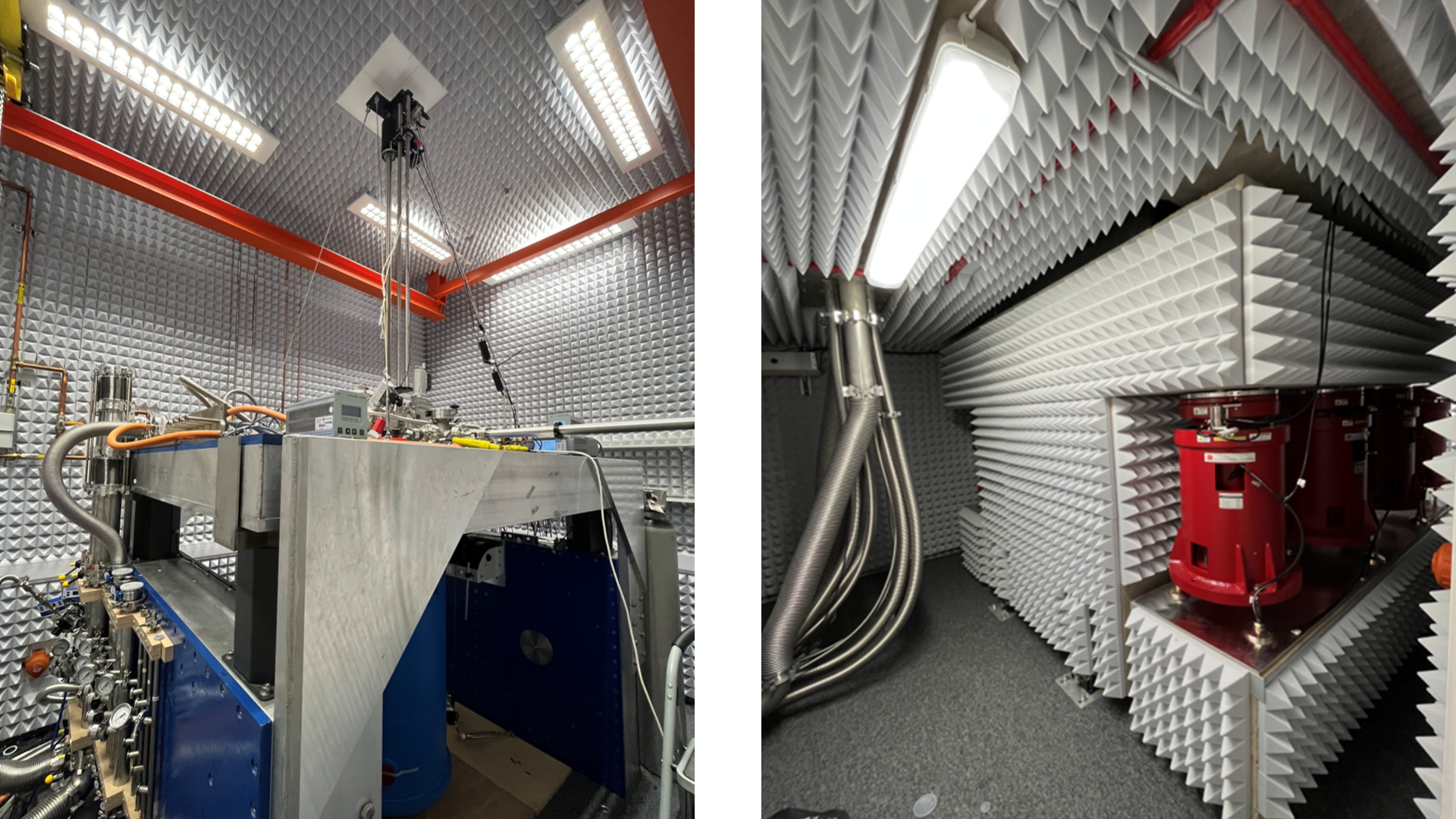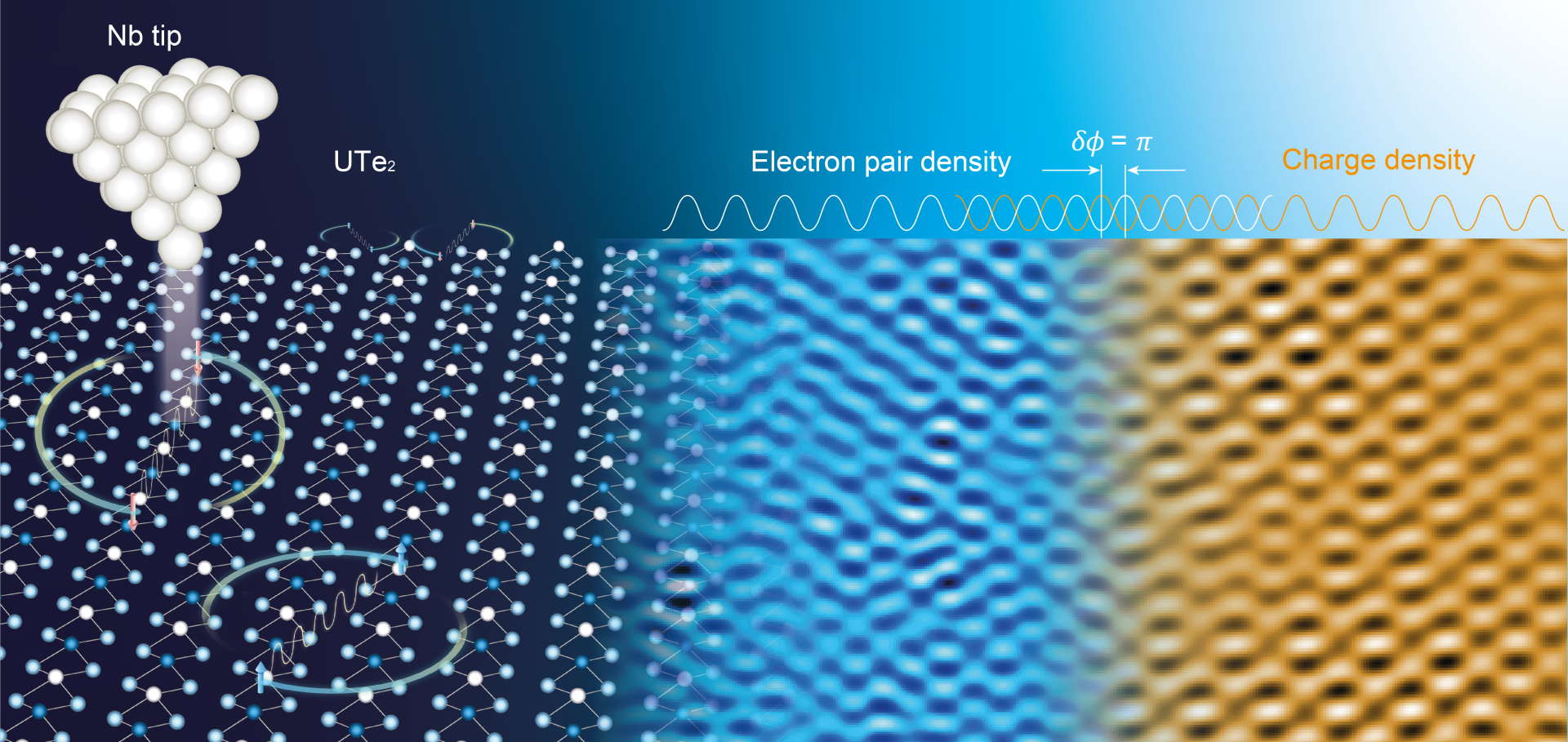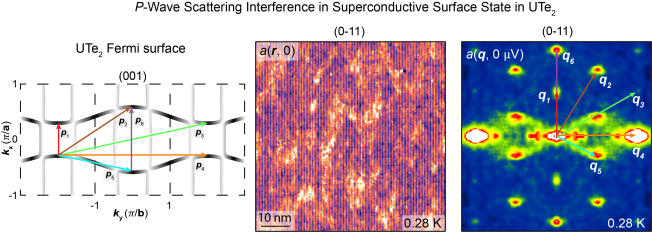The fourth generation of spectroscopic imaging scanning tunneling microscope (SI-STM), named GEMINI, has been designed and constructed in an ultra-low vibration and quiet laboratory at Oxford. GEMINI’s lower floor is more than 30m underground and part of the massive ‘bathtub foundation’ of the whole building. GEMINI rests on a 30 ton concrete ‘keel-slab’ floating above the building foundation floor on six huge, high-performance vibration isolators, which support the almost 15 ton total mass of the GEMINI facility. In the quantum microscope operating frequency range, the measured acceleration noise of the GEMINI keel-slab is Sa<10-8ms-2/Hz, a world leading ULV performance. It is custom-designed for Cooper-pair imaging with atomic resolution, quasiparticle interference imaging and superconducting order parameter determination at very high energy resolution. I have designed the SI-STM, supervised the fabrication of all the components of the STM at Oxford Machine Shop and the construction of the ultralow vibration laboratory and built the microscope. Now the microscope has finally come into operation. This SI-STM is operated with dilution refrigerator and high magnetic fields up to 14 Tesla. The microscope is housed in world-class ultra-low-vibration and ultra-low temperature (ULVT) laboratory facilities about 30m underground in the new Beecroft Building at Oxford University just launched in 2019. The SI-STM serves powerful dual functionality: world-leading fourth generation SISTM that features single electron tunnelling and the second generation of SJTM that features cooper pair tunnelling using a superconducting tip.
Development of Gemini STM in the ultralow vibration lab at 30 m underground of Oxford




